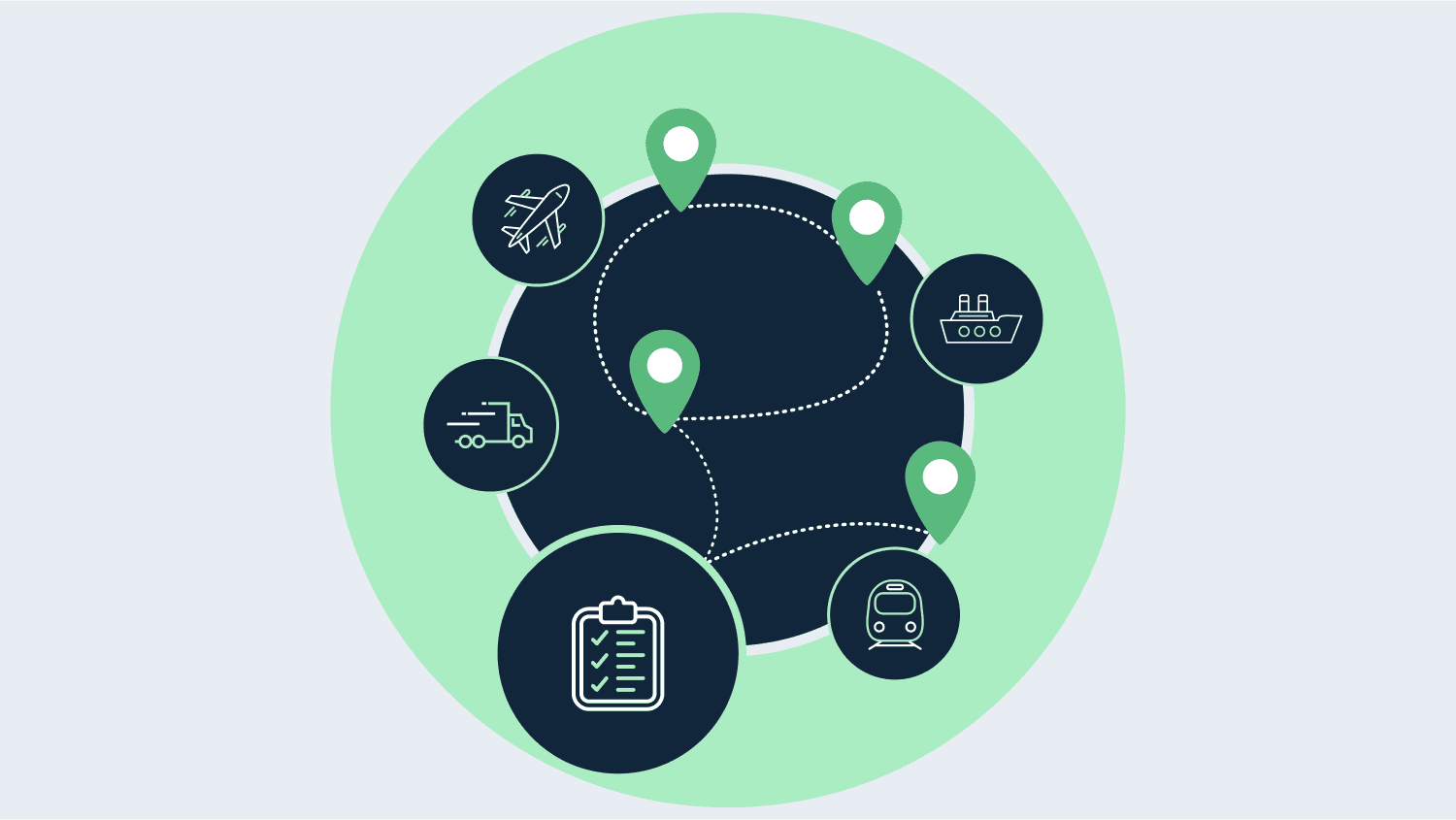Are you struggling with your current forecast accuracy and outdated tools? Are you looking for a better way to optimize your inventory? Can we use Artificial Intelligence to accurately predict the future? Instead of a black box from the AI, is there a way to truly see the impact on your demand caused by certain factors?
If you have these questions in your mind, you are not alone! 99% of the companies ask these same questions over and over again.
Sophus Solutions has a new way to predict demand that goes beyond traditional methods. Our approach combines precision and innovation to solve even the toughest inventory challenges. This blog explains how AI-driven demand forecasting works and what makes Sophus different. We explore the technology behind it, explain how it works, and show how it can help businesses plan for the future confidently and accurately.
Our technology ensures that you will always have the right inventory levels to meet demand, increasing profitability and customer satisfaction.
At Sophus Solutions, we understand that traditional forecasting tools are limited and that current AI models can leave users feeling like they are working in a black box. We all know that with a better forecast lot of things can become easier, but why is making a better forecast so hard? Let’s look at some of the challenges that one can face in traditional forecasting tools.

- In legacy forecasting tools, it may look like you have a lot of algorithms embedded in them to choose from. However, in reality, you can not choose a different algorithm for each SKU at each channel because there are millions of possible combinations. Using only one algorithm would not give you the desired accuracy.
- Therefore, Forecast accuracy is so hard to achieve as there could be so many alternative results. Piecing these results together is like giving you a bag of Lego pieces and expecting you to come up with a piece of Lego artwork without instruction. It can be challenging and time-consuming, especially when you have to start over every week. As a result, forecasts can sometimes be no better than wild guesses.
- Can we use AI to solve this? Yes! For the past many years, data scientists have been employed in many companies to help develop machine learning algorithms to do forecasts. The biggest challenge is that these algorithms are like black boxes; you don’t know why the numbers they produce are what they are. Sometimes it is accurate but other times they are not.
- How can you trust the results without knowing why they are the way they are? The second challenge is that some companies can’t afford to invest in a big team of AI scientists, especially if the result can’t be used or understood by the business.











